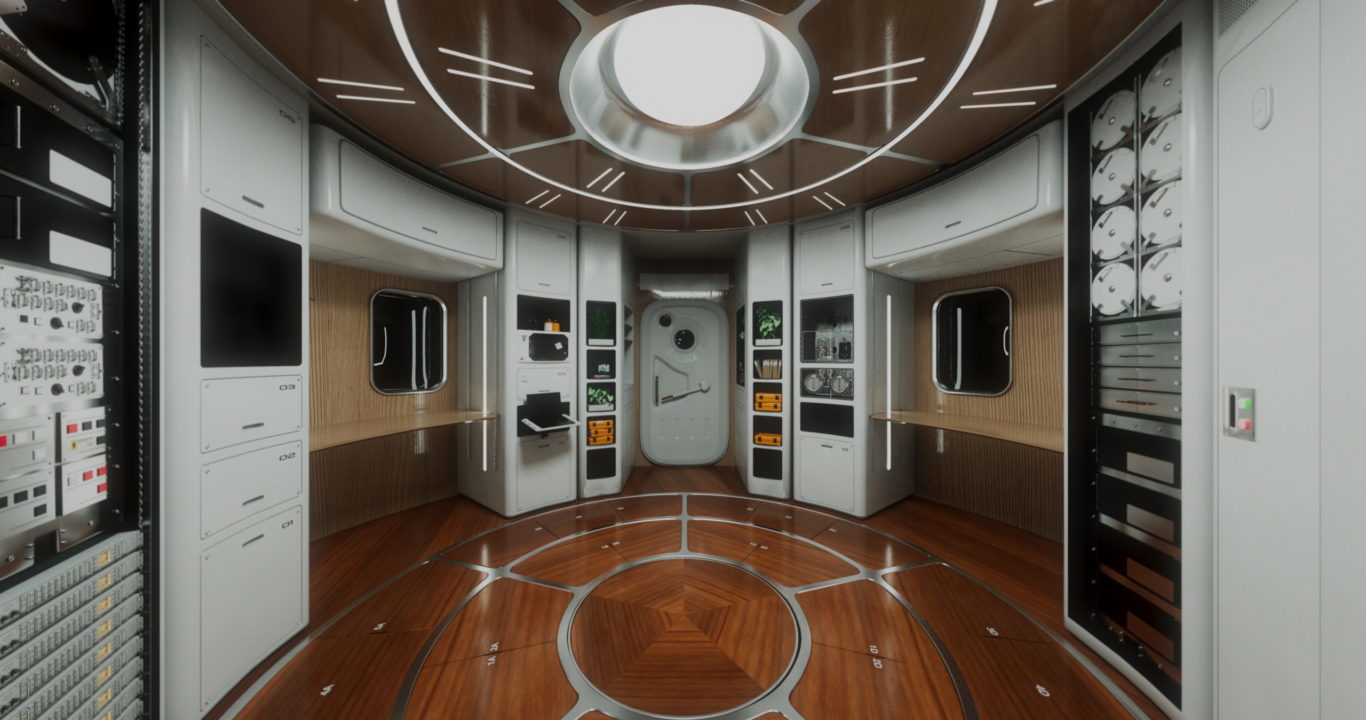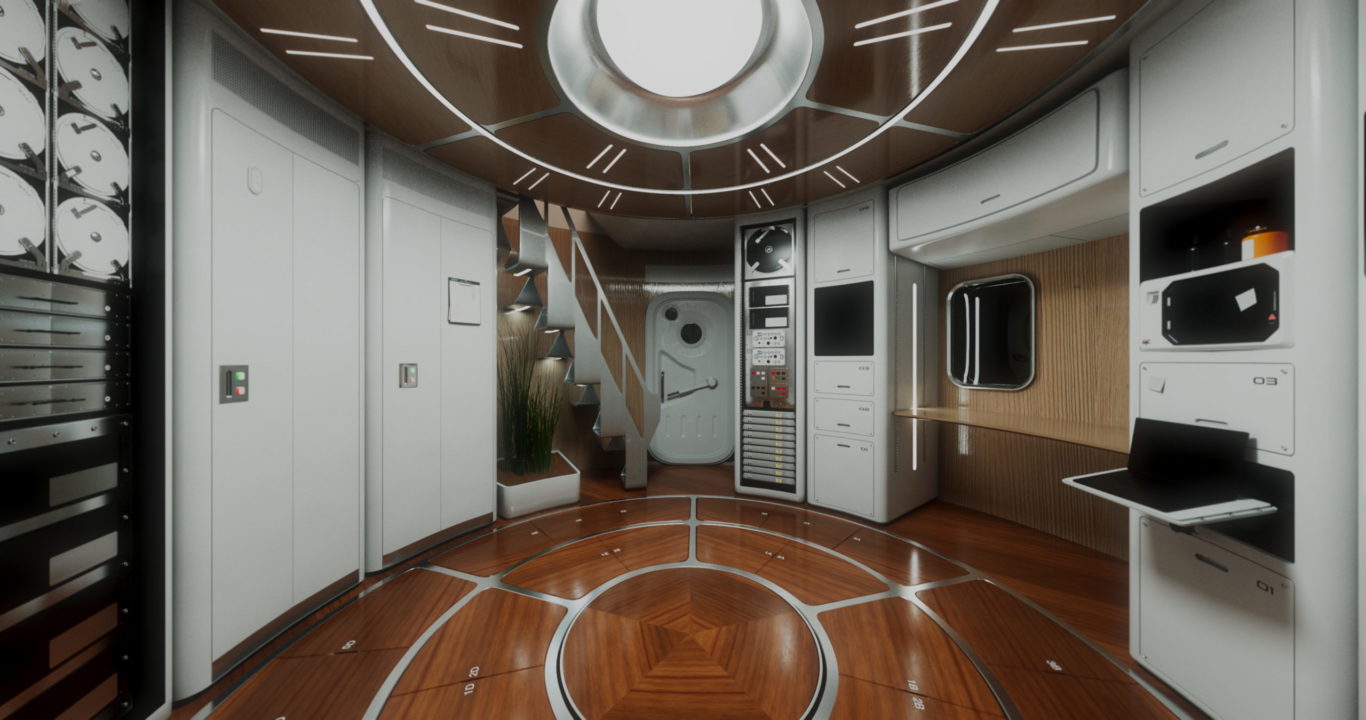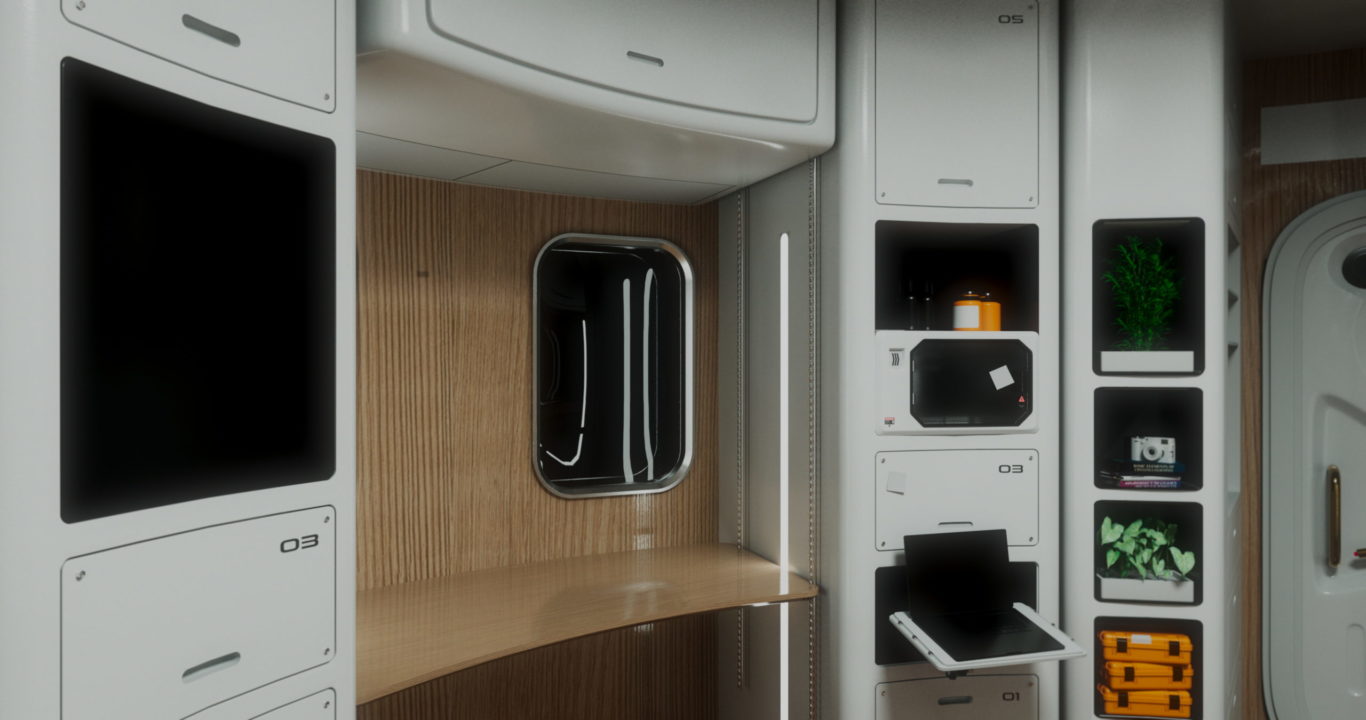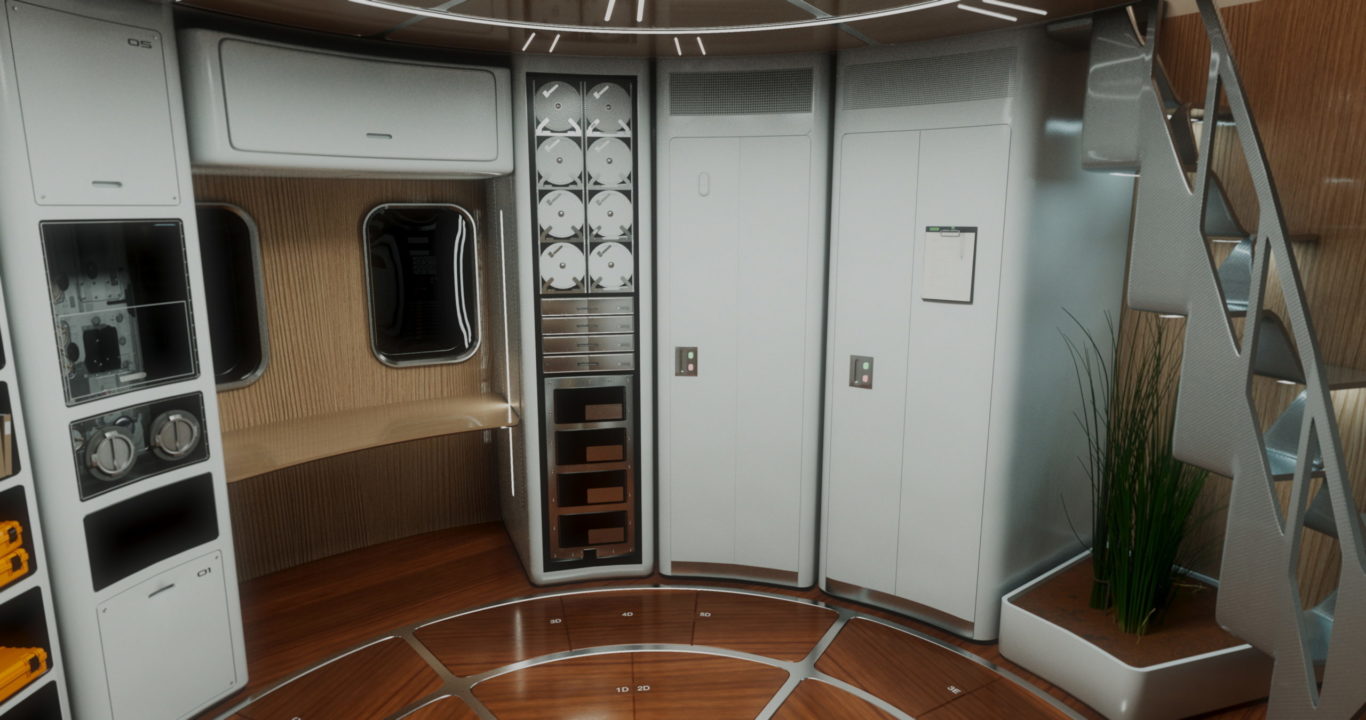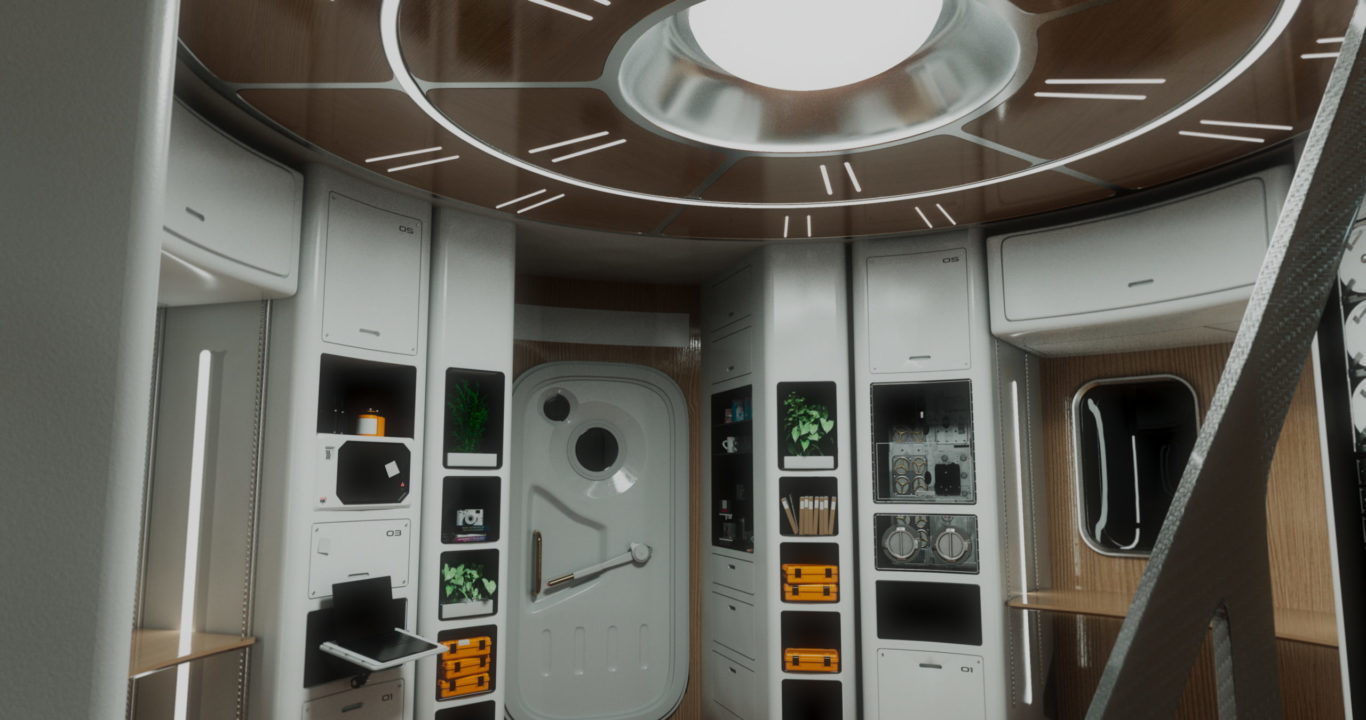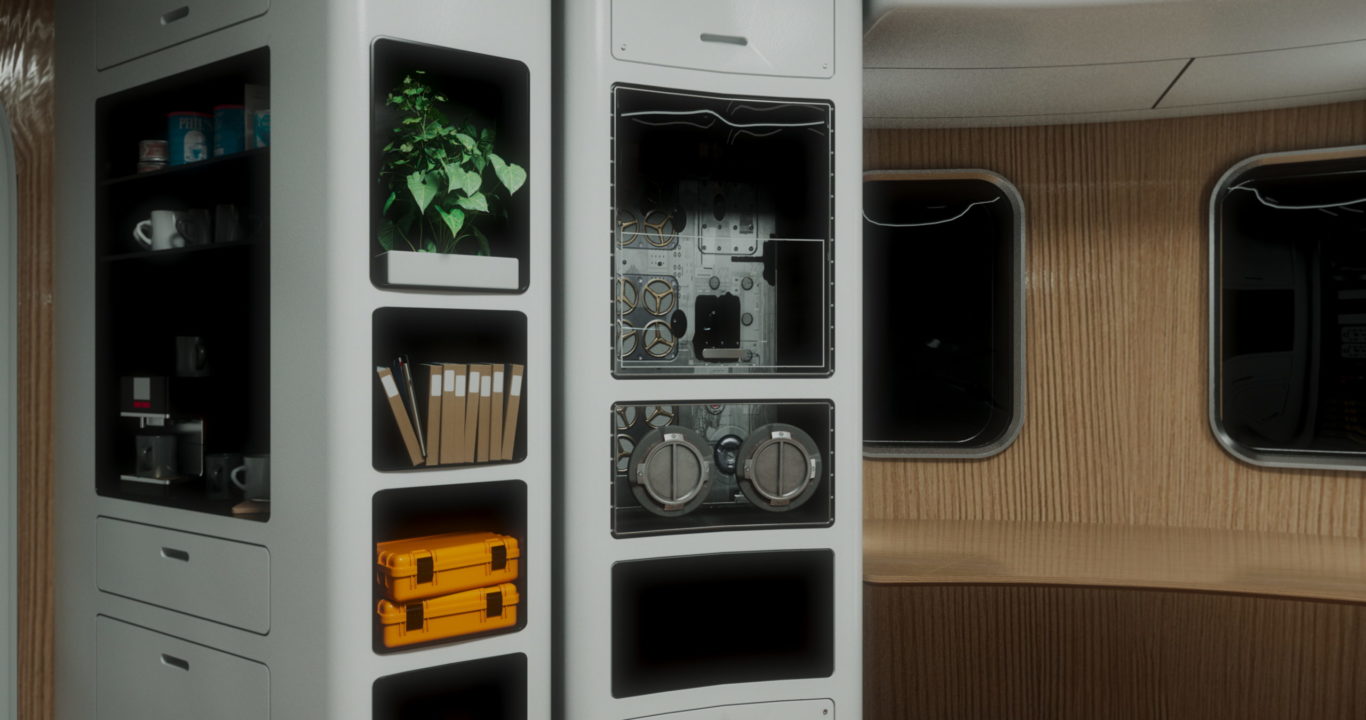A vision for lunar architecture
New Frontiers brings together technologies that promote health and wellness to create a settlement on the surface of the Moon—one that will enable scientists and engineers to explore and experiment with new technology. The project was developed through a design research collaboration between SOM and Lockheed Martin Space, a division that is focused on developing technologies for space exploration and human space flight. The habitat modules are designed as systems-integrated structures, each intended to accommodate four crew members for missions lasting between 60 and 120 days.
